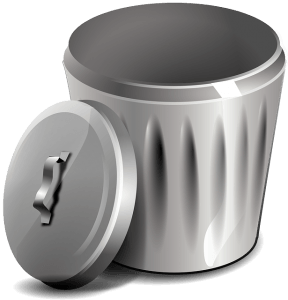Lets work together



Suite 3A, Chapel Allerton House, 114 Harrogate Road, Leeds, LS7 4NY
ukinfo@integrated-skills.com
+44 (0) 3300 888 670

 Companies and households in the UK discard an estimated 2 million tonnes of waste electric and electronic equipment, or WEEE each year. WEEE exists in numerous forms and encompasses virtually any items which either require batteries or that have a plug. The ways in which WEEE can be processed are just as numerous. The recycling of this type of waste requires that facilities adhere to WEEE Regulations, which became UK law in January of 2014.
Companies and households in the UK discard an estimated 2 million tonnes of waste electric and electronic equipment, or WEEE each year. WEEE exists in numerous forms and encompasses virtually any items which either require batteries or that have a plug. The ways in which WEEE can be processed are just as numerous. The recycling of this type of waste requires that facilities adhere to WEEE Regulations, which became UK law in January of 2014.
The categories of items covered under WEEE are currently ten in number, and include electronic tools, IT equipment, large household appliances, automatic dispensers, toys and tools.
Recycling of WEEE
There are a number of ways in which WEEE can be recycled: shredding, manual separation, pyrometallurgy and semi-automated recycling to name a few.
Shredding
This process is non-directed, meaning that all components are simply broken down into smaller pieces. The shredding process is focused on reducing the size of particles, which makes material more homogeneous. The shredding process increases the ease of which waste can be processed at subsequent separation stages.
Shredding can occur via several methods, able to be accomplished by hammering, milling, grinding or cutting. Following the shredding process is further separation, which sees the shredded material being divided according to metal content. Some large companies are just beginning to include semi-automated shredding in their operations.
Manual Separation
This part of the recycling process usually requires the presence of humans, who disassemble products by individual components. Manual separation usually occurs at smaller facilities located in countries where labour costs are lower.
Pyrometallurgy
In pyrometallurgy, valuable metals are recovered by heating materials to temperatures which cause chemical and physical transformations. Some of the products produced by pyrometallurgy can include alloys and compounds or pure metals. The former can be used to feed subsequent recycling processes, whilst the latter can be used in the production of new products.
Semi-Automated Recycling
Like with manual separation, semi-automated recycling requires human presence as well as the automated processing of materials. The equipment used in the automated portion of this recycling process will either be that which has been custom-built or acquired off the shelf.
Small Domestic Appliances
Items like irons, drills and vacuum cleaners will go through the shredding process after having been manually pre-treated, and separated mechanically. At the end of the process, these items will usually have been separated into 3 materials: plastic, ferrous metal and non-ferrous metal.
Refrigeration Devices
Devices like refrigerators and water coolers require several phases of processing, with decontamination being the initial phase. These items are then shredded and separated magnetically to produce ferrous metal. Electromagnetic separation may also need to occur, in which case ferrous metal will be produced.
Display Devices
Items including computer monitors, Plasma TVs and cathode ray tubes undergo a multi-step process that involves dismantling by hand, shredding and magnetic separation, to name a few. The products produced as a result include metals and fine materials.
GDL
Gas discharge lamps or GDLs include compact fluorescent tubes and CFLs. They are first crushed, and then treated or washed by specialised machines which remove phosphor and mercury. Any remaining material is sorted into one of three categories: metals, plastics or glass. Phosphor powder can be reused for new lamp manufacture, while Mercury can also be used again.
The WEEE Directive plans to cover an even higher number of products in future updates, which will assist the UK with meeting its targets for the diversion of waste from landfills.
Would you like to know more about A Synopsis of WEEE Waste Processing? Fill in your details below and let us know how we can help.
Website Designed & Built by we are CODA